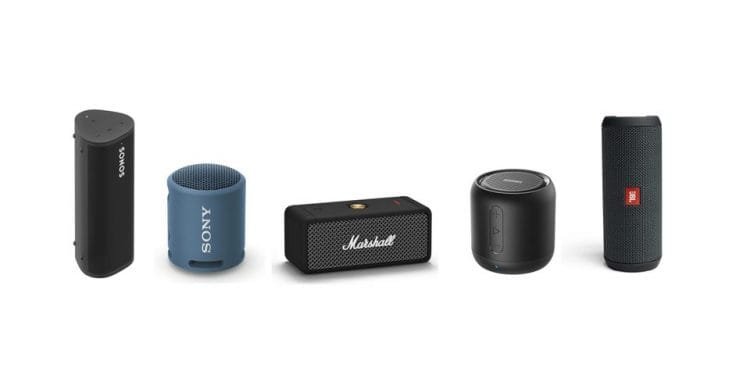We all know that speakers are somewhat necessary these days. Technology is changing rapidly, and it is not easy to choose the right speakers for yourself. With improvements in features and technology. Here is how you can know what you should look for while buying speakers.
Acoustic design
There are many options for speaker designs, but we will consider the most popular among manufacturers. Acoustic design affects the sound and depends on the quality of the dynamic drivers and is also reflected in the cost of the speakers.
- A closed box is a loaded acoustic design, in which cone vibrations are limited not only by the rigidity of its springs but also by the resistance of air elasticity inside the case. This design requires a powerful amplifier, and a solid case with thick walls, but has a good frequency response.
- Phase inverter – acoustic design of double action. The air pressure received from the back of the cone creates resonant vibrations at a certain frequency, thereby enhancing the low-frequency range of the sound. It turns out this is due to a phase inverter in the form of a pipe installed in the housing. The desired frequency is calculated by changing the diameter and length of the given pipe in relation to the body volume.
- Resonator box (bandpass) – this design is used in subwoofers. The speaker cone is not brought out of the case, it is fixed inside the case, and its vibrations are amplified due to resonance in the phase inverter pipe. The high efficiency of this design allows you to use a less powerful amplifier and reduce the subwoofer cabinet itself.
Frequency characteristics
This parameter can be called the most important, it is he who is responsible for the sound quality. If the speaker reliably reproduces the entire range of audible frequencies, then the parameters described above are no longer so important when choosing. It is the frequency response graph that is an objective assessment of the sound of acoustics.
AFC (frequency response). Most often, the characteristics give a range of 20 Hz – 20 kHz, far from reality. It is possible that he is, but with great unevenness.
We are interested in the range of reproducible frequencies (FR value), which the column gives out in the range with the unevenness of ±3 dB. The unevenness is measured from the point where the frequency is 1000 Hz – this is the 0 dB level. Unfortunately, this indicator is usually given only in Hi-Fi acoustics, or you can learn about it from independent reviews.
Connection methods
The most common is an analog connection using a 3.5 jack or RCA connectors. This connector is available on all modern motherboards, and discrete sound cards, as well as most tablets and smartphones. It is present on most computer speakers.
Modern speaker systems are increasingly equipped with digital connectors: the most common is USB, less common is S / PDIF coaxial or S / PDIF optical. The latter is also often found on modern motherboards.
It is worth considering that signal transmission via USB requires a DAC directly in the column. If this is a budget model, then the sound in this case may be even worse than with an analog connection.
The most modern option is the wireless method of transmitting sound via Bluetooth or NFC, but the latter option cannot boast of good sound transmission quality.
Wireless Bluetooth speakers are more often used to connect to laptops or smartphones; to connect to a PC, you will have to purchase a special Bluetooth adapter; only top-end motherboards are equipped with it.
Extra options
Many options add comfort and convenience and slightly affect the price of the product. If you need them, then it is better to immediately choose among models with these parameters.
The ability to connect headphones directly to the speakers, adjust the volume of their sound, and turn the headset microphone on or off is not the most popular option. Modern cases are equipped with appropriate connectors on the front panel.
Conclusion
The best option for universal computer speakers would be a medium-sized 2.0 format model with an MDF cabinet. Preferably two-way with a phase inverter and an analog connection. Additional options: Bluetooth, convenient controls and regulators, and remote control – are welcome.

















































